If you put great emphasis on wine and food and how it matches then you might also need to think about what you choose for water? This is, in any case, the idea behind the newly started company Minvino. They have launched four different waters, each of which is said to be adapted to a particular wine style. BKWine Magazine’s guest writer and sensory expert Mattias Schyberg have dive deep into the waters and how they match different wines. Does it matter what water you have?
Wine has always been associated with food. A meal without wine is not a complete meal, or should it rather be a meal without water that is unthinkable? No matter what, there are lots of theories and opinions about how we best combine wine and food. Many theories have some logic to them with general guidelines such as salt likes sweetness and reduces harsh flavours or bitterness and loves acidity; tannins do not go well with astringent food and sweetness reduces hot spices and so on.
There are also many combinations that revolve more on softer values such as that Italian food should be served with Italian wine, preferably from the same region, and so forth. There is a whole professional category whose main task is to make sure that we get it right when we order a meal with wine at a better restaurant. The sommelier also provides experiences and tells stories that make the whole dinner taste better. We often like to be led by the hand and when someone is knowledgeable and passionate we tend to listen and let us be seduced.
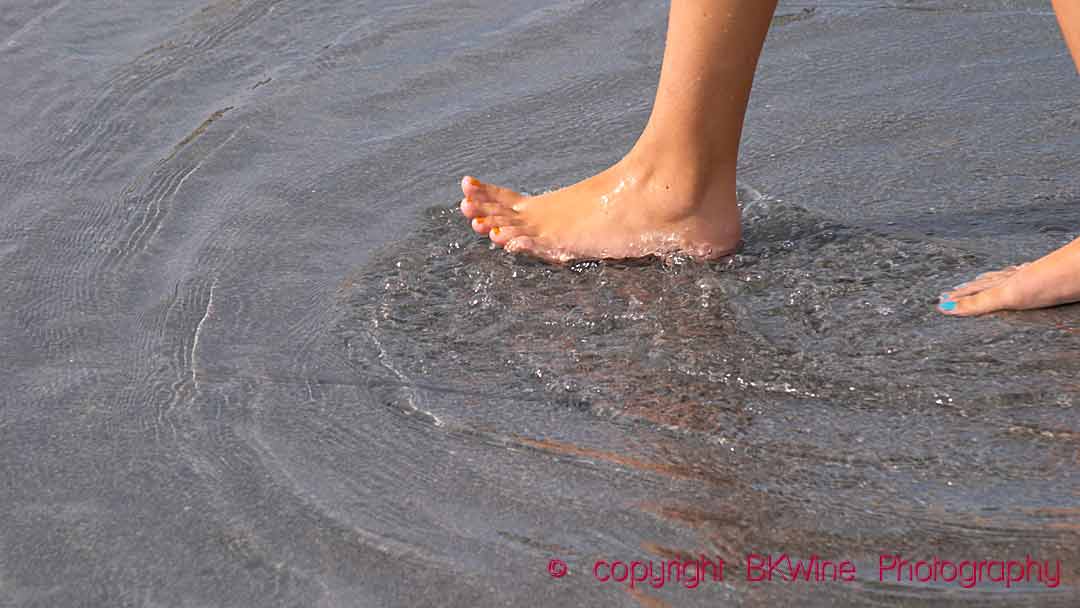
In recent years, sommeliers have also appeared who are specialised in water. Highbrow restaurants can even have a separate water menu to choose from. Different water sources provide different quality, purity, hardness (different pH) and mineral content, which means that they can taste different.
Water is also a more obvious part of a meal than wine. Even when wine is included, the water is there as a supplement, the reverse is not a given.
In Sweden, however, we are quite spoiled with our municipal water which usually has a high quality directly from the tap. In many other countries, there is a big difference between quality water in bottle and the water in the tap, which many times are not even useful as drinking water.
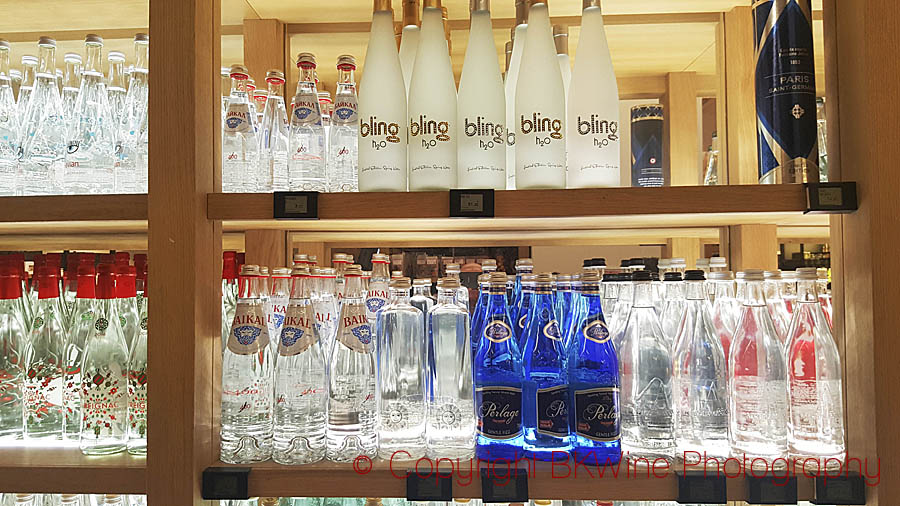
Water entrepreneurs
The newly started company Minvino has latched on to the trend of water sommeliers and the fact that we are happy to pay for things that can put a silver lining on life. The company was founded by Jeanette Fili and Petra Ranhem after they got the idea to design a water that was specially adapted to be paired with wine. To help with product development, Petra and Jeanette hired Solveig Sommarström who has worked as a laboratory manager at Vin & Sprit (the previous monopoly Swedish importer, subsequently acquired by Pernod Ricard), has been chairman of the jury of “Sweden’s best tap water” and has also been involved in the creation of Absolut Vodka. They have also received help from Susanne Berglund Kranz who is a well-known experienced sommelier with many awards on her CV.
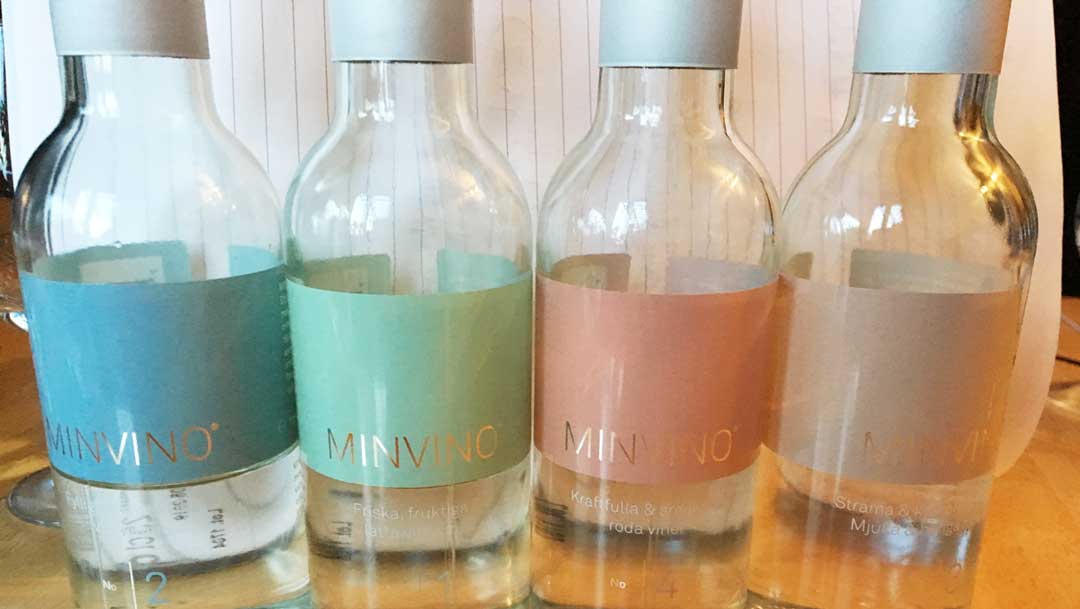
Minvino sells four varieties of “enriched” water arranged in four wine categories ranging from light, fresh whites; full-bodied whites; light reds and rich, fruity reds. A water for each individual wine type, which in itself is likely to have great variations within each basic wine grouping. All waters consist of a selected Swedish spring water which has been enriched with various minerals and salts and then given a light, pearly effervescence. Each slightly different.
It is relatively easy to taste the difference between the different products. The salt and bubbles are the easiest to distinguish. Possibly also the “hardness” of the water, but in all honesty, I did not make a separate evaluation of the different water types individually to avoid building up expectations and thus becoming too theoretically pre-programmed for the experience together with the wines. And also, because it could reduce the half-blind aspect of the evaluation.
Since I have a profession that includes sensory work, flavouring and product development, and also love both wine and restaurant experiences, this concept was, to put it plainly, irresistible; to try and analyse it from a perspective the experience it gives. I also have a “calibrated” taste and aroma memory with a result that is quite decent in “clinical test” performed by the company Rise. I also have experience from having been in sensory panels for more than 10 years, in other words, I am used to assessing sensory properties in food products.
But my experience also makes me humble when it comes to to what degree an experience is subjective. Is it even a reasonable task to construct four variants of water that roughly will work “best” on each respective wine style? My plan was to find out, from my perspective.
So my starting point contained quite a lot of scepticism, but I was still open to be convinced that the concept might work well for me, and for my wife whom I also chose to include in my half-blind approach. My goal was to give the products an honest chance from our perspective, what others may think will be their responsibility. There is no factual truth to find of course. The taste is as always individual.
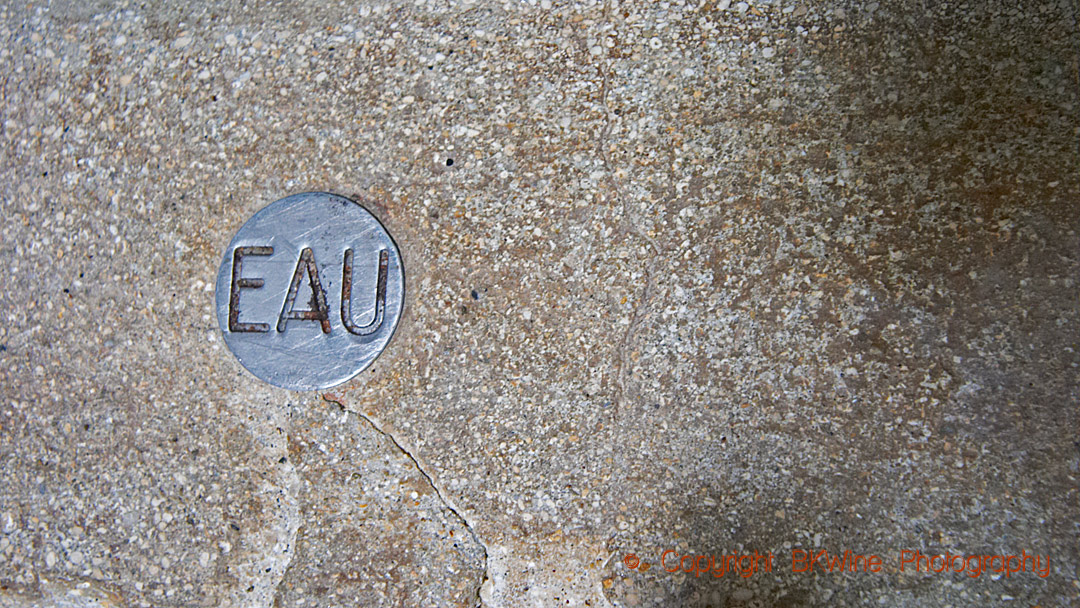
Water methodology
As so often with sensory questions, it is important to try blind or at least half-blind (you know what is being tested, but not in what order it is being tested). The wines were, however, served open, starting with the lightest wine type going to the richest. The choice of wine was entirely according to Minvino’s recommendation (see below). The water bottles were covered in foil and given a randomized sample code number which was also the testing order.
Both I and my wife gave plenty of time to each wine and tried which water we thought most suited each wine and which harmonized most without distorting or adversely affecting the experience. Both wine and water were served at a temperature of 14 degrees, which we thought was a good compromise to give each liquid the same conditions and so that different temperatures would not distort the result. Tap water with the same temperature as everything else was used as a reference, served open (the lack of carbon dioxide had in any case been a giveaway).
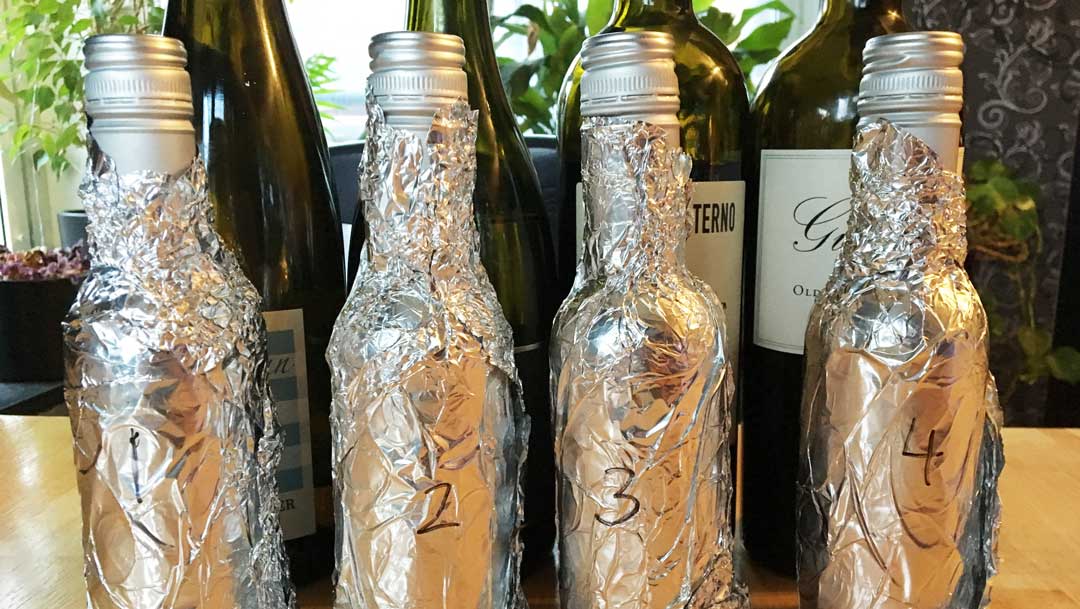
What the waters promised
Descriptions from Minvino’s website:
MINVINO No. 1
For fresh, fruity and light white wines. A clean and light water that with its light mousse pairs perfectly to fresh, fruity and unoaked white wines. The acidity in the water balances the acid in the wine. The lack of mineral salt in the water enhances the fruit and any minerality in the wine. An elegant water that will be in balance with light to medium-bodied wines in this category. It goes well with dry wines without oak barrel character with a taste of citrus and green fruits. Examples of grapes that it pairs well with are riesling, sauvignon blanc and albariño, but also unoaked wines from Chablis.
MINVINO No 2
For full-bodied and rich white wines. A clean, slightly sparkling water with a shade of mineral salt that pairs with more powerful, flavourful white wines with a taste of ripe and soft fruit. The minerality and the hint of salt in the water are a good match for the rich wine that requires a little bit more from the water. If the wine is barrel-aged, the hint of salt harmonizes with these tones. Wines that have often been aged in oak barrels with buttery caramel tones and round body. For example, wines from grapes such as chardonnay, semillon and viognier, with or without oak barrels.
MINVINO No. 3
For astringent and complex red wines as well as soft red wines with fruit character. A clean, slightly sparkling water with distinct minerality and saltiness that matches elegant red wines with some astringency and complexity. The saltiness of the water balances with the tannins in astringent wines and gives a softer feeling. The minerality in the water makes it more rich and flavourful, which creates harmony with astringent and complex red wines. Elegant, soft and fruity wines are matched by the minerality and the fruit flavours are matched with the salt. For wines with tight tannins that are preferably drunk with food, such as wines from Barolo, Bordeaux and Priorat. The water is an equally good match for soft, red-berry, elegant and fresh red wines with soft tannins, such as wines from pinot noir and gamay.
MINVINO No. 4
For powerful and flavourful red wines. A water rich in minerals, clean and lightly carbonated that perfectly matches powerful, flavourful and fruity red wines. The minerality of the water, the saltiness and the effervescence match the full-bodied characters and fruit in the wine, which requires a more solid water. It is for wines with dark-fruity, spicy and oak aged notes with a noticeable structure without being overly astringent. Examples are amarone and valpolicella ripasso as well as wines from grapes such as zinfandel or primitivo which often have slightly higher alcohol contents.
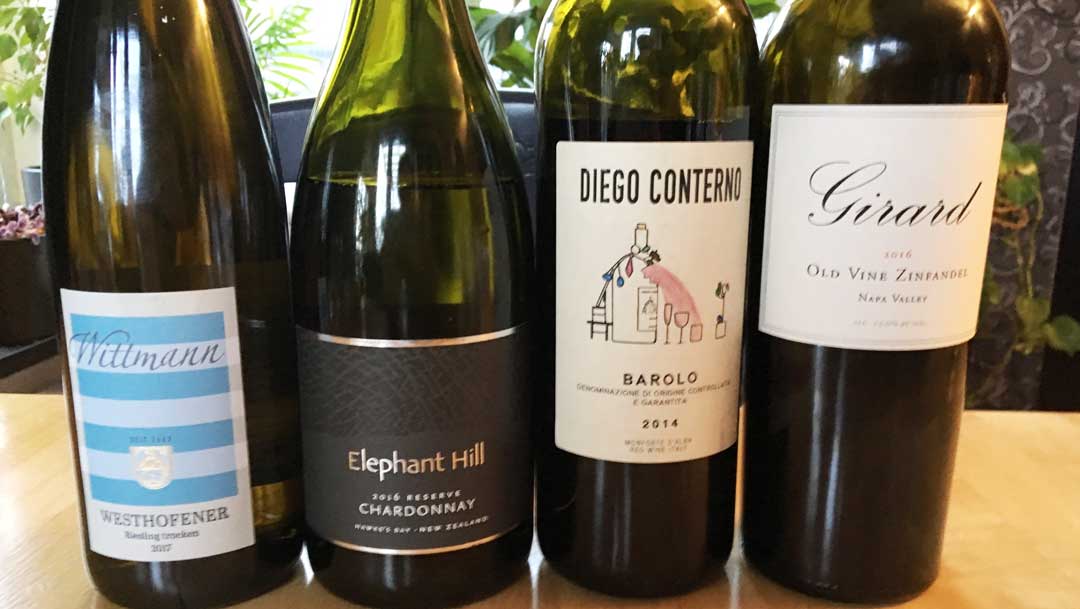
The result: how did the waters pair with the wines
Which water was the best pairing to which wine?
Light, fresh, white wine (theoretically best with: Minvino no 1)
The wine I chose to, in theory, best match the “optimized” water was 2017 Wittmann Westhofener Riesling Trocken which with its high acidity and “mineral” character should be a school book example for the “best match” wine style. An in any case very good wine well worth picking up if you find it.
Both I and my better half agreed that Minvino No 1 was most in harmony and balance with the wine. Nothing disturbing and dominating, but it probably worked just as well with the reference water after all. However, the light acidity and the light bubbles were pleasing and perhaps the wine lingered a little longer in a nice way. A good and balanced table water if you are not afraid of bubbles.
Full-bodied and rich white wines (theoretically best: Minvino no 2)
Here the wine selection was a New Zealand chardonnay with barrel character (2016 Elephant Hill Chardonnay Reserve). Maybe not quite as oaky and buttery as I had thought, but good enough.
Here Minvino no 2 was my choice, while my wife was more inclined to choose Minivino no 1. The light saltiness and the quite noticeable bubbles gave the wine a little more fruitiness and roundness in a pleasant way. The reference water, however, cleans the mouth better but gives a diluted aspect to the wine.
Astringent and complex red wines, as well as soft and fruity red wines (theoretically best: Minvino no 3)
I picked up a classic barolo for the purpose. 2014 Diego Conterno usually delivers in a relatively traditional style. Here, however, it was completely wrong with the intended water.
I preferred the reference water that did a good job of cleaning up and neutralising the tannins in the mouth, but of the four bubbly water types, it was undoubtedly Minvino no 1 that worked best. The other waters were just unharmonic and I also got a strange metallic taste in the aftertaste. My wife preferred Minvino no 4, which shows how subjective taste is.
Powerful and flavourful red wines (theoretically best: Minvino no 4)
Wine selection: 2016 Girard Old Vine Zinfandel.
Once again, it is Minvino no 1 that comes out on top. Here we were in agreement. The other waters changed the taste in a negative way and we had difficulty seeing the sensory value in it.
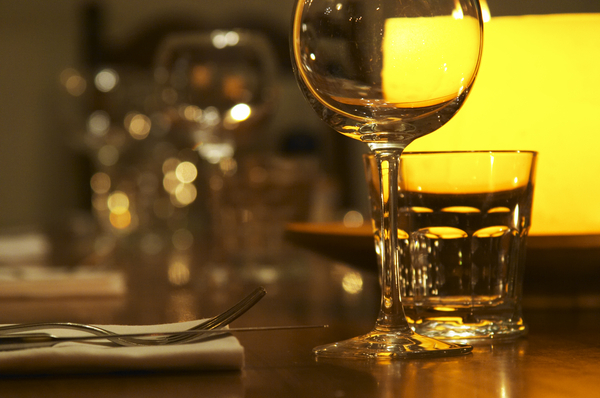
Conclusions – Should You Choose Water for Wine?
I am anything but convinced that the concept holds up to its promises and that it has the potential to actually reach more serious wine lovers. Where I find it most lacking is that the water’s function at the dining table is to clear or cleanse the taste buds and quench the thirst. However, I have full respect for the fact that we are different and that there may be others who see positive aspects in the concept.
Another thing I feel strongly about after tasting water and wine for several hours is that this type of water almost requires regular water to go with it to clear the taste buds between the sips. Above all when it comes to Minvino no 3 and 4, which I think have too much salt, effervescence and minerals to feel appropriately neutral as table water.
When it comes to Minvino no 1 and 2, they have some potential as good and reasonable alternatives for those who like carbonated water at the dining table, but who find it difficult with other water where the bubbles become too intense and overpowering. I could imagine having Minvino no 1 as an all-purpose table water and maybe Minvino no 2 could be a good alternative if you want a little bit more saltiness and “minerality” in the table water. However, I would not be prepared to pay extra for it.
Mattias Schyberg is guest writer on BKWine Magazine. He is also one of the persons behind the very active wine forum www.finewines.se.
Do you think water makes a difference for the wine experience? Write a comment!







